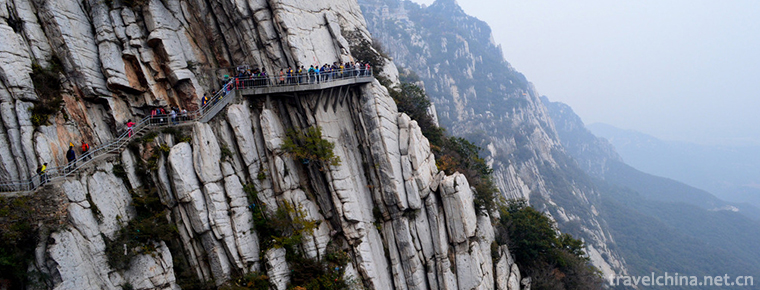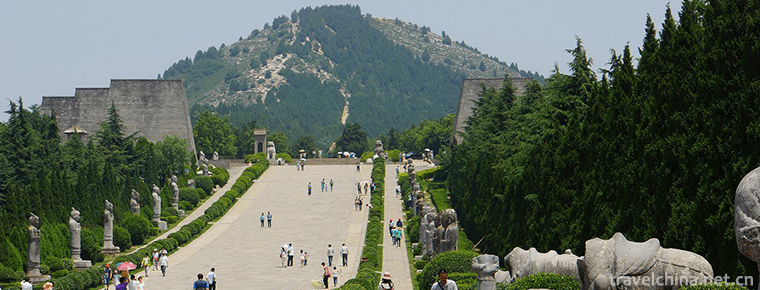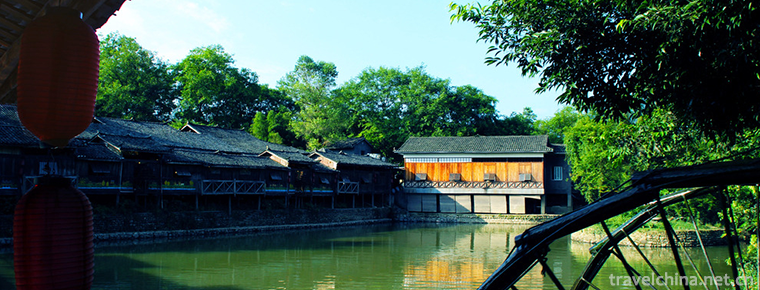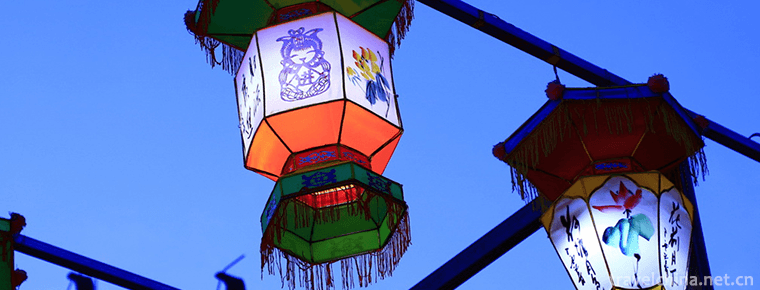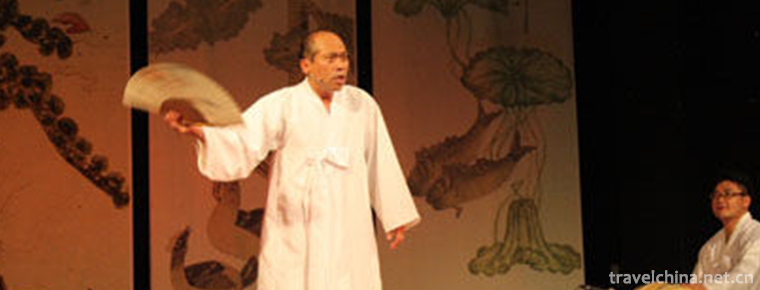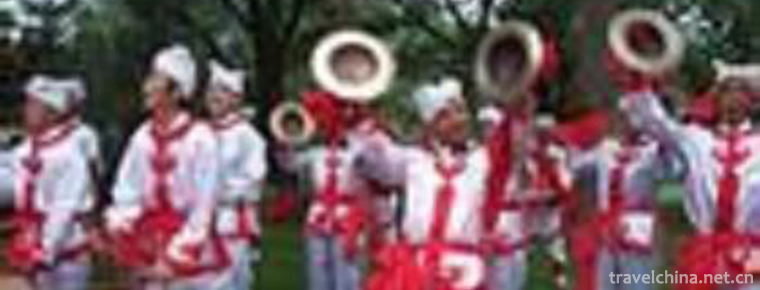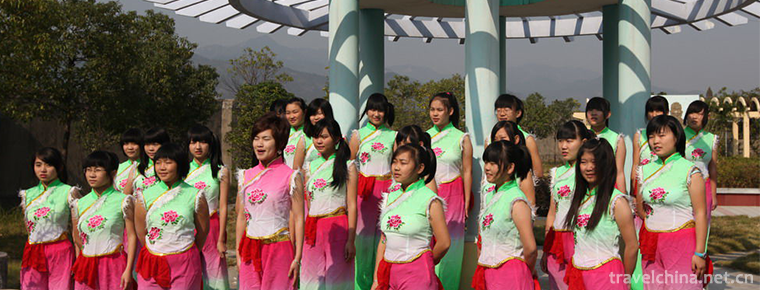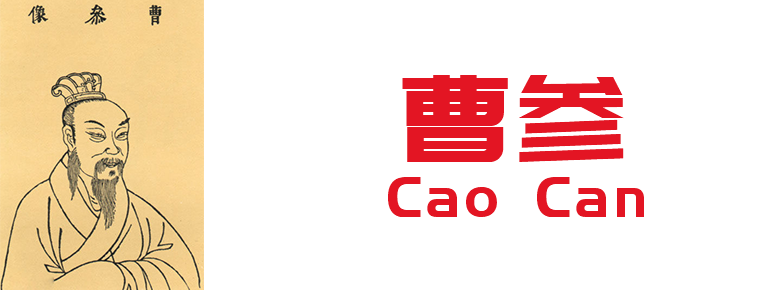Korean Chief Inspiration
Korean Chief Inspiration
Long drum dance, also known as "stick drum dance", is a dance often danced by Chinese Korean people for self-entertainment and entertainment. Long drums have two sides, but the pitches on both sides are different. In dancing, two hands beat both sides of the drum at the same time. One hand is beating the high-pitched drum face with a foot-long whip, the other hand is beating the bass drum face. Because of the different pitch of the drum, the rhythm is also different. The varied drum point and the graceful dance posture make people particularly excited and happy. The characteristic of long drum is that it starts from slow tempo and speeds up gradually. After several ups and downs, it ends up in a fast rotation and stops abruptly, which makes people boiling and very exciting.
On June 7, 2008, the Korean Chief Encouragement declared by Tumen City, Jilin Province, was listed in the second batch of national intangible cultural heritage list with the approval of the State Council. Heritage serial number: 656 III-59.
historical origin
The Korean long drum originated from the Indian thin waist drum, also known as the "stick drum", which was once popular in the Central Plains. Korean folk instruments. With a long history, unique structure and soft timbre, it is often used in songs, dance accompaniment and instrumental ensemble.
The Korean long drum originated from the thin waist drum in India. In the 4th century AD, the thin waist drum was introduced to the Central Plains of China through the Silk Road, and then to Korea eastward.
Long drum is a variant of ancient slender waist drum. During the Sui and Tang Dynasties, I called Changgu in Central Plains as "Du Xingu", "Mao Ren Gu" and "waist drum". Although there was no name for Changgu at that time, it was actually used in the Ninth and Tenth Court Music of Tianzhu, Guizi, Xiliang, Shule, Gaochang and Gaoli Zhuyue. Changgu in Song Dynasty is recorded in history under the name of "stick and drum". Song Dynasty "Music Book": "stick drum, waist drum, Han and Wei used. The big ones are made of tiles and the small ones are made of wood, all of which are broad-headed and slim-bellied. Shen Kuo's "Mengxi Bi Tan": "Tang's stick drum, originally known as the"two stick drum", both ends are with sticks. Today, sticks and drums are pressed with one hand at the end.
During the Sui and Tang Dynasties, I called Changgu in Central Plains as "Du Xingu", "Mao Yangu" and "waist drum". Although there was no name for long drum at that time, it was actually used in nine or ten parts of Tianzhu, Guizi, Xiliang, Shule, Gaochang and Gaoli Zhule. Changgu in Song Dynasty is recorded in history under the name of "stick and drum".
By the Yuan Dynasty, "The Instrument of Banquet Music in the History of the Yuan Dynasty" had a detailed record of sticks and drums. "Yuanshi Li Yue Zhi": "Wangs and drums, made of wood for rectification, thin waist, skin, on the application of multicolored embroidery belt, right stroke to stick, left clap to hand".
artistic characteristics
The Korean long drum is a two-sided drum with different pitches at both ends. The female long drum has elegant style and the male long drum is lively and unrestrained. There are two kinds of beating methods in modern long drum encouragement: one is that the dancer uses a drum whip (a foot long bamboo whip) and a drum mallet (a round mallet with a length of about a foot); the other is that he only uses a drum whip without a drum mallet. The former starts with a drum whip and beats slowly while dancing. The drum is inserted on the long drum. When it reaches its climax, the drumstick is pulled out to perform skillfully. The latter dances to music with drums and whips in spring. The performance of long drums is mainly composed of soft shoulder-carrying, shoulder-stretching and magpie step. It is performed in the form of shoulder-carrying long drums, right-handed drum whip, jumping and drumming. The body, drums and gods are integrated and highly coordinated. Long drums have different pitches on both sides. When dancing, the right hand beats the high-pitched drum face with a drum whip and the left hand beats the bass drum face. Because of different pitches and rhythms, the changing drums and graceful dancing postures are pleasing and exciting. Long drums usually start with a slow tempo, gradually quickening the pace and finally stopping abruptly.
Its dance forms include solo dance, double dance, group dance and so on. After the founding of the People's Republic of China, Changgu dance was carefully adapted by Korean dancers, adding a new era atmosphere and national characteristics, making this art form increasingly perfect.
Long drum is the main percussion instrument of Korean national music. Ancient historical materials of China and Korea will also include Changgu as "thin waist drum" and "stick drum". Long drum plays an important role in Korean music and dance. Long drums are divided into long drums and dance long drums. The shape is thick at both ends and thin in the middle. The diameter of the left drum is 1 cm longer than that of the right drum. The right drum skin is thin and the left drum skin is thick. The right side of the drum is struck with a bamboo strip decorated with colorful spikes, the left side is struck with hands, the right side is high and the left side is low, which can strike a rich and colorful rhythm. Long drums, as a folk percussion instrument, are beaten by long drummers in the agricultural dance team, playing the role of accompaniment and rendering the atmosphere. When the mood is high, the drummer often dances with the crowd, focusing on the body movements of drumming, and gradually creating skills such as "big jumper", which is called "long drum acting". After experiencing the improvement of artists, Changgu emerged as an independent form of performance from farm music and dance in the early 20th century.
Inheritance and protection
Over the past hundred years, the stick and drum gradually disappeared in the Central Plains of China, but it was widely spread among the Korean people, so it was renamed Changgu. As a folk percussion instrument, the long drum is beaten by the long drummer in the agricultural dance team, playing the role of accompaniment and rendering the atmosphere. When the mood is high, the long drummer often dances with the crowd. Because of the long drum in front of him, he focuses on the body movements of the drum, and gradually creates skills such as "big jump", which is called "long drum performance". In the early 20th century, long drumming emerged as an independent form of performance from farm music and dance. On Festival days, long-jump inspirers often appear among the people, and they are welcomed by the masses. Yanbian Song and Dance Troupe began to put long drum on the stage in the early 1950s, thus expanding the influence of long drum. In the 1960s, on the basis of solo dance, it created a group dance performance of long drum. Long drum inspiration is not only astonishing in drumming techniques, but also in the expression of joy and joy. It gives people beautiful artistic enjoyment with beautiful dancing and skillful drumming techniques.

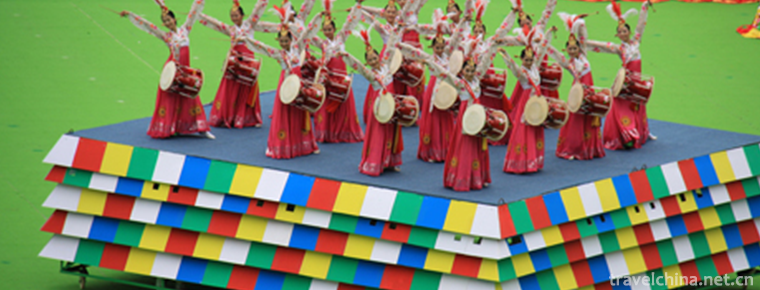
-
Mount Song
Songshan, known as the "foreign side" in ancient times, Xia and Shang Dynasties as "lofty" and "Chongshan", Western Zhou Dynasty as "Yue Shan", Songshan as the .
Views: 186 Time 2018-10-30 -
Qianling Scenic Area
Qianling Scenic Area, located in Qianxian County, Xianyang, Shaanxi Province, covers an area of 1002.71 square kilometers. Population: 580,000 (2011), postcode: 713300..
Views: 136 Time 2018-12-22 -
Guilin Yijiang Margin Scenic Spot
Guilin Yijiang Rim Scenic Spot is situated on the northwest tour line of Guilin with long corridor. It is 32 kilometers away from the urban area (321 National Highway Lingui Wutong Town Section)..
Views: 330 Time 2019-01-13 -
Jiuizi Scenic Spot
Yuuzi Square is located in the Central District of Wuhu City. The square covers a total area of 678,800 square meters and its spatial structure is changeable. Priority is distinct and rhythmic.
Views: 106 Time 2019-01-29 -
Changzhou comb
Comb, also known as Chlamys, is one of the eight hairdresses in ancient China. It is a local traditional handicraft with a long history in Changzhou City, Jiangsu Province..
Views: 256 Time 2019-04-16 -
Pansori
The main art of Korean folk art is Pan Suo Li, which appeared in the 18th century. At the beginning of the 20th century, it was introduced into China with the immigration of Korean nationality. The wo.
Views: 178 Time 2019-06-08 -
Daoism in Northern Shaanxi
As one of the traditional folk songs in northern Shaanxi, Daoqing in northern Shaanxi was originally called "Qingjian Daoqing". Later, because "Longdong Daoqing" and "Shenchi .
Views: 162 Time 2019-06-13 -
Tongcheng Song
Tongcheng Song is a kind of local folk song originating from Tongcheng, Anhui Province. It is a kind of local folk literature in the form of rhyme created by the local working people collectively. At .
Views: 187 Time 2019-06-21 -
Cao Can
Cao Can(? - 190 BC) , Han nationality Peixian people In the Western Han Dynasty, the founding fathers and famous generals were the following. Xiao He Later, the second dynasties in the Han Dynasty wer.
Views: 285 Time 2019-09-15 -
Chengdu Giant Panda Base tourist service
The tourist center is located 40 meters to the left of the entrance door of the scenic area (first floor of the Giant Panda Museum), with a building area of more than 400 square meters..
Views: 338 Time 2020-12-13 -
Geomorphological characteristics of Mianyang
The terrain is high in the north and low in the south, and the height difference is large. The northwest of Mianyang City is located in the eastern edge of the Qinghai Tibet Plateau, with high terrain and overlapping peaks. The southwest part belongs.
Views: 108 Time 2020-12-14 -
Guangyuan natural resources
There are more than 4700 water conservancy projects in Guangyuan City, including 6 medium-sized reservoirs and 558 small reservoirs. There are 1.583 million mu of water area, 6.867 billion cubic meters of water resources and 1 billion cubic meters.
Views: 322 Time 2020-12-15
